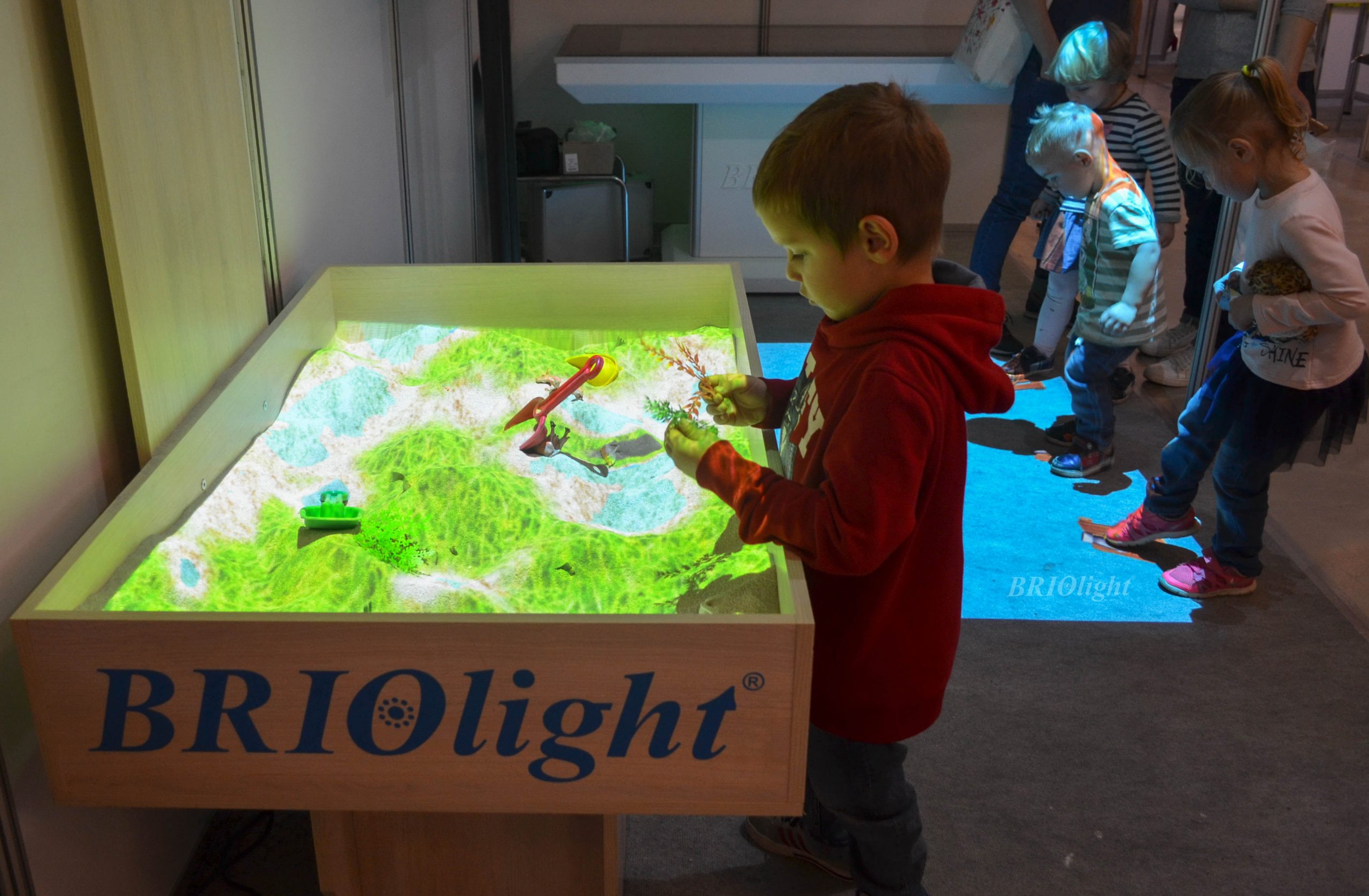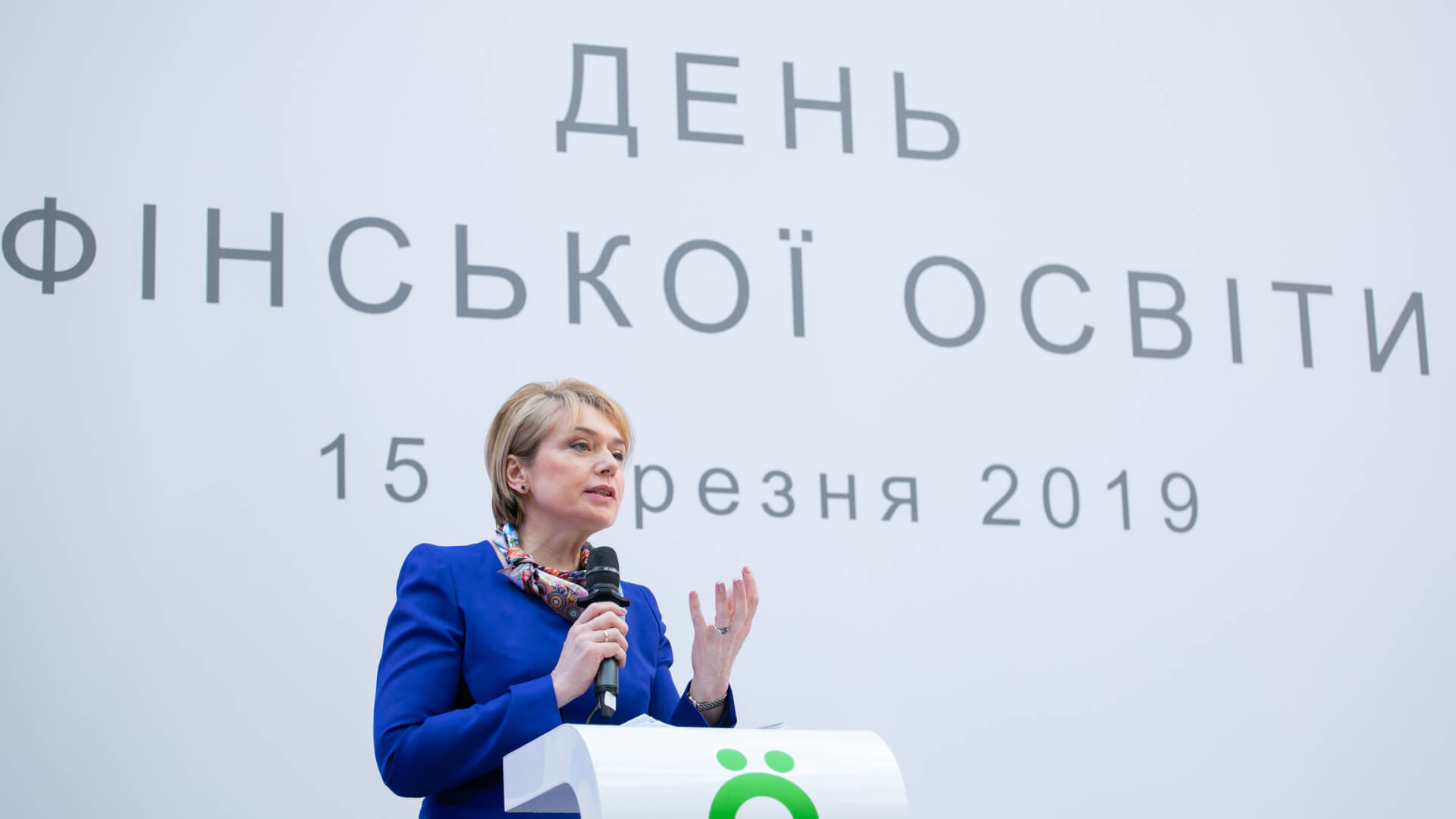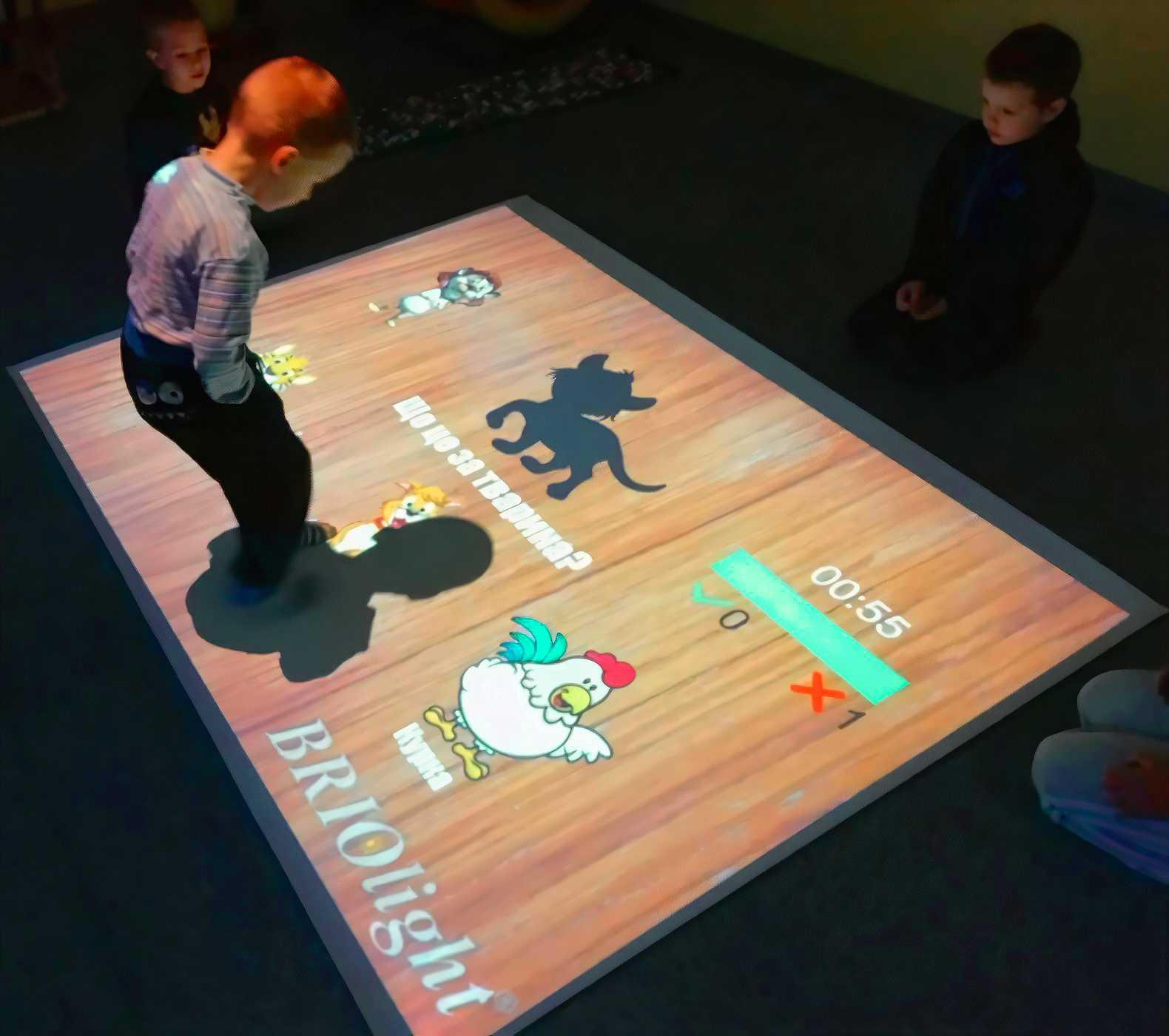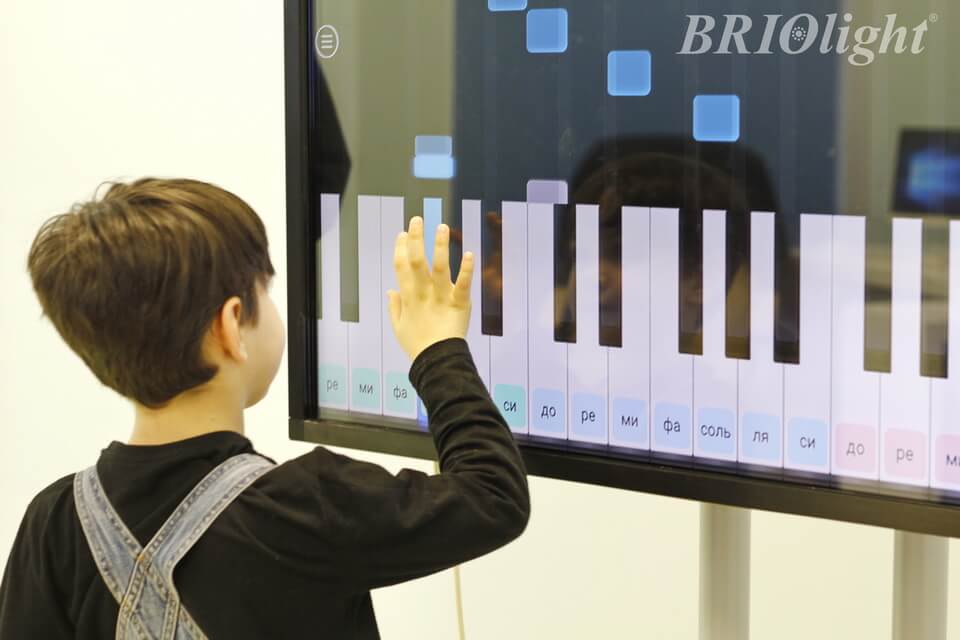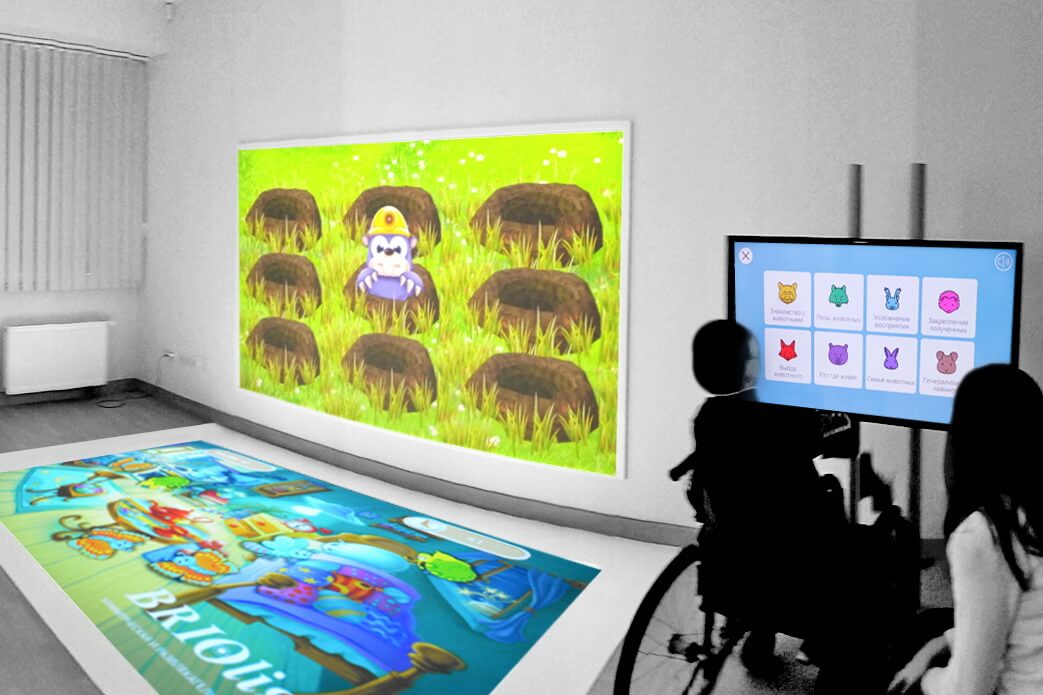Sensory integration
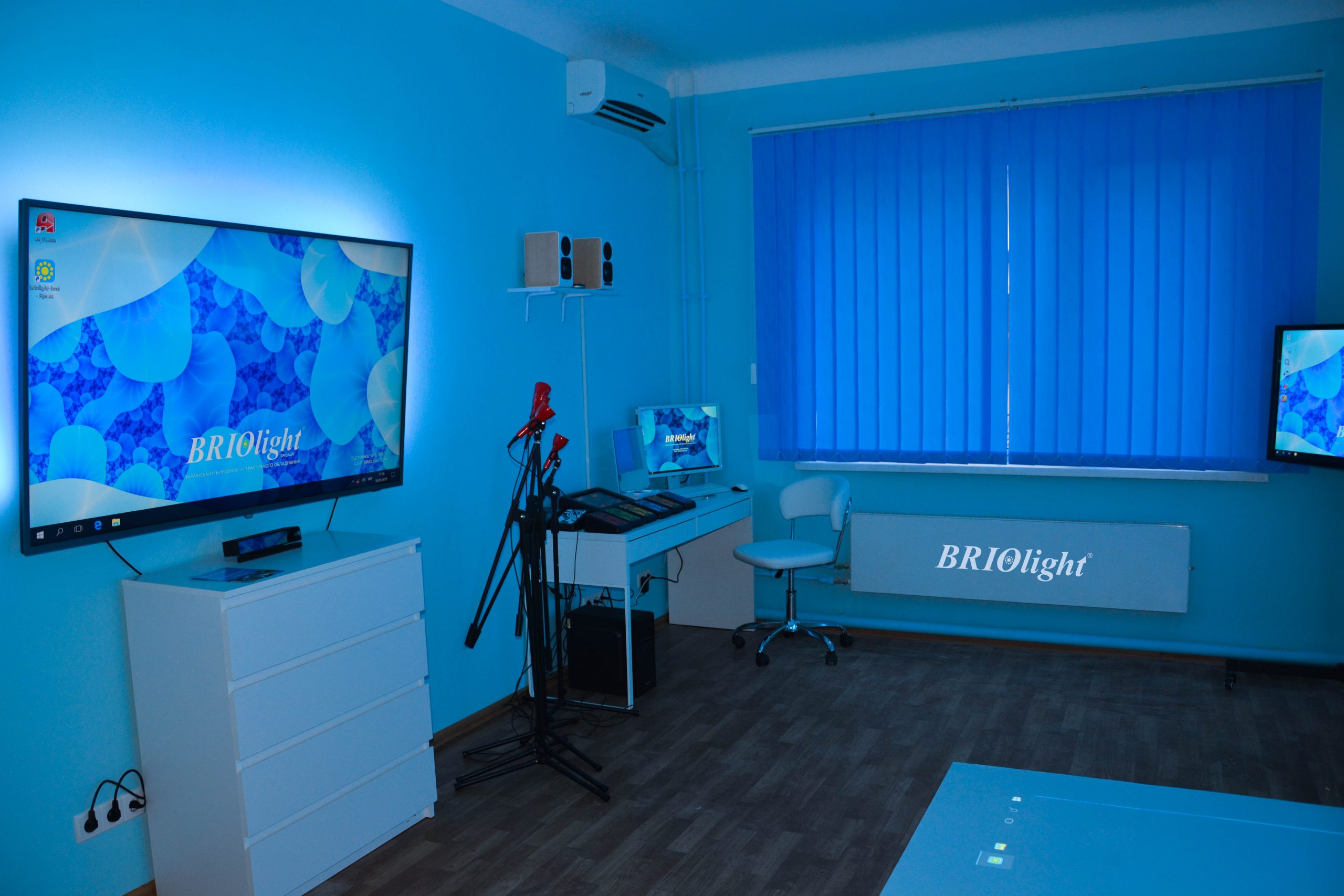
Bezyazychna O.V in her work “Sensory integration in the rehabilitation of children with organic lesions of the nervous system” gave very interesting, but sad statistics. So, according to it, in recent years there has been a negative trend in the dynamics of indicators of the health of the child population. This means that the number of healthy children is decreasing, while the number of disabled children with impaired physical and mental development is increasing. And according to WHO, this is happening all over the world, the growth in the number of children with disabilities is at the level of 3-4% of the total number of children.
According to the Ministry of Health of Ukraine, analyzing more than a decade, the level of disability of children in the country has increased by 85%, and annually the status of a disabled child is granted to 16,000 children.
This still confirms the need to create centers for the diagnosis, correction and rehabilitation of neurological dysfunction in children, as well as the introduction and financing of modern methods for this on the territory of Ukraine.
Sensory integration is a general function of the brain of organizing the flow of stimuli from the senses to form sensory experiences and adaptive responses to environmental conditions. In children, this function is based on the formation of meaningful behavior, elementary movements, and subsequently learning and creativity.
The theory of sensory-integrative therapy was developed by the American psychologist and occupational therapist Jean Ayres in the 1950s in California, and now this technique is still relevant throughout the world.
In the work, noted above, the purpose of this technique is given and clearly formed, is to increase the ability of children to perceive and organize sensory information, acquire practical skills and contribute to the socialization of children.
Through sensory integration, the following goals can be achieved:
- Increase in the frequency and duration of adaptive responses.
- Increase of cognitive and physical activity.
- Improving communication skills and communication.
- Development and consolidation of self-service skills and social behavior.
- Consolidation of self-confidence.
It should be noted that correctional classes are based on the involvement of all spheres of perception in the work: visual, auditory, tactile, olfactory, gustatory, vestibular.
The indications for the use of this technique are indications of the following problems:
- Perception: discomfort when touched or hugged; auto-aggressive behavior; avoids using hands for play or grooming; does not like changes, new experiences.
- Movement: stereotyped body movements; poor balance and coordination; does not respond to changes in objects in the environment during the development of space.
- Behavior: problems in the process of interaction and communication with other children; underdevelopment of practical skills of adaptation to the environment; mood changes are often observed; difficulties in organizing purposeful behavior; feels fear of unfamiliar, new circumstances.
Briolight equipment is designed for just such sensory therapy. The heart of Briolight’s sensory therapy equipment is the projection sandbox. Our panel also includes many applications that are capable of producing various sounds to develop auditory perception (such as the sound of a washing machine or rain) and ish. And the interactive floor can visualize and make interactive many of the exercises that psychologists do with cards and printouts.
But introducing sensory therapy into your institution requires more than sophisticated electronic equipment. To use this technique well, you need to equip a sensory room. An important part of effective sensory activity is adapting the child to the new environment. how much such therapy consists of verbal, tactile, motor forms of contact. It is also necessary to apply lighting, essential oils, massage, various materials, sounds and smells. Training your sense of taste is possible with solutions of salt, sugar or others. You also need to have smooth, rough, soft surfaces to develop tactile perception. From more valuable auxiliary elements, soft chairs, swings, a trampoline for the development of the vestibular apparatus are distinguished.
To solve the problem of sensory integration, it is necessary to use both individual equipment components and their combinations. Only then can you achieve maximum efficiency in the work of a teacher. It is such a complex that can be built in your institution by our specialists, including everything you need in your interactive room.






